In her 16 years of service at The Salvation Army, Ana Aguirre has seen the American family change before her eyes. As program director for the Zahn Memorial Center, an emergency shelter for families in downtown Los Angeles, Aguirre is in constant contact with those in need.

She helps single parents, interracial families and inmate parents, who make up much of the change to the typical family the country once knew. Each day, she does her part to get these families back on their feet, providing them with not only shelter, but guidance.
Young mothers increasingly pour into the center, she said.
“Right now we have a woman in her late 20s who has a 14-year-old child,” Aguirre said. “They have kids when they are very young. Most have GEDs or nothing at all.”
Today, it is not uncommon for a woman to be unmarried when they give birth to their first child. Some 40 percent of women without a college degree—and 57 percent who have a high school diploma or less—are single mothers, according to The New York Times.
Yet another type of struggling American family—a byproduct of the United States’ high jailing rate—is the family scraping by with one incarcerated parent. An estimated 2.7 million children nationwide have a parent in jail, according to research by the Pew Charitable Trusts.
At the Zahn Center, single mothers often cope with incarcerated fathers. Aguirre points to one mother, just 21 years old, with two infants. Another, also in her 20s, seeks assistance with finding housing and care for her toddlers while her spouse faces life in prison.
“We have to look for ways to help them see the spouse, and help them deal with courts,” Aguirre says of The Salvation Army’s many duties.
Tough loves comes with the job. Often times, women will give a chunk of their small funds to their incarcerated partners for food and other essentials. One mother, Aguirre says, wanted to send $100 of her $500 monthly income to her husband.
“I pulled her aside and I said, ‘You need to think of your children. They need a home,’” she recalled. “We tell them what their priorities should be. Their husbands aren’t our priority.”
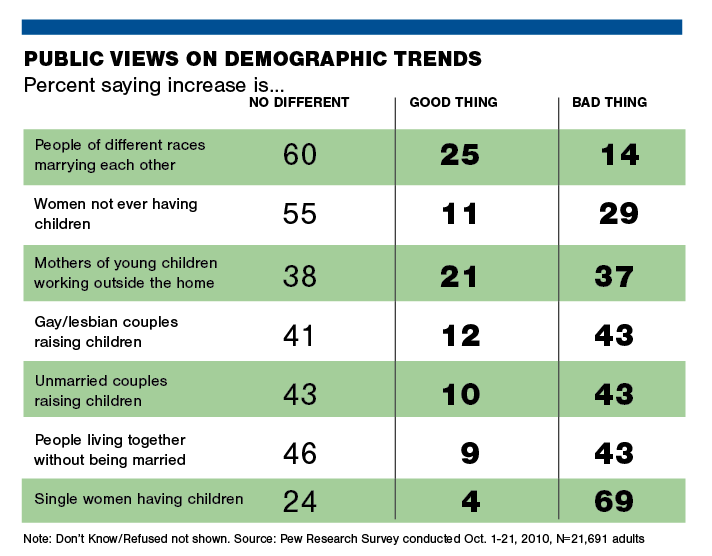
As families changed significantly over the last century, The Salvation Army has tried to keep pace with the shift, modifying its services in-kind.
At the start of the AIDs epidemic, for example, The Salvation Army was one of the first providers of shelters for families affected by the disease.
“They don’t shove religion down people’s throats,” said Dr. Diane Winston, an expert in religion at the University of Southern California. “On the whole, the Army evangelizes by doing good work for people rather than beating them over the head.”
Since it started offering social services in the 1880s, The Salvation Army has tried to meet the needs of people “as they actually are,” Winston said. For centuries, the organization has had to be flexible in the services it offered and sensitive to a range of living or familial arrangements.
The Salvation Army’s adaptation to the changing family falls in line with the organization’s Christian ideals—the messages found in the Bible of helping the hungry, poor and dispossessed.
“In the true compassionate Christian way, they accept people as they are,” Winston said.
And The Salvation Army isn’t alone in adaptation to the changing family—as the typical household changes, so does the influence of the Church.
Changes in family life have become a main concern in faith communities that view religion and family as inextricably linked—marriage and parenthood make religion more important to people, but families are becoming less religious.
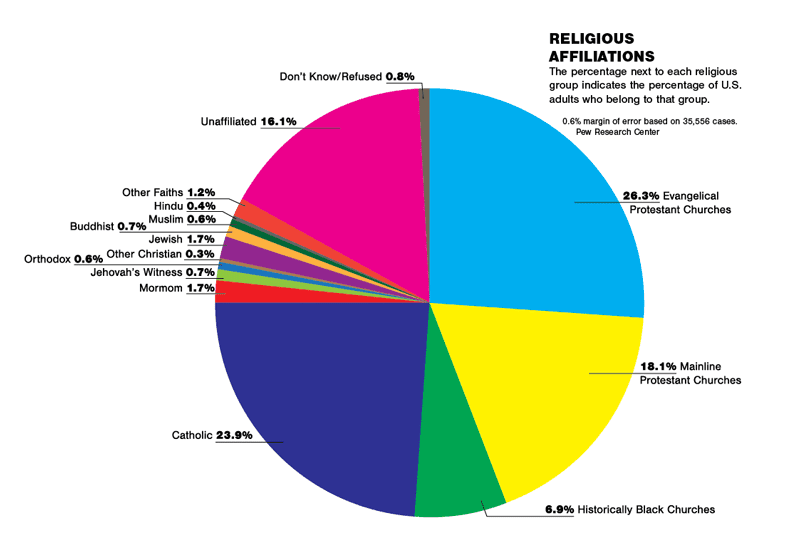 Nearly half of Americans say the growing number of “people who are not religious” is bad for society, yet the number of religiously unaffiliated Americans, or “nones,” is only increasing, according to an October 2012 study from the Pew Research Center.
Nearly half of Americans say the growing number of “people who are not religious” is bad for society, yet the number of religiously unaffiliated Americans, or “nones,” is only increasing, according to an October 2012 study from the Pew Research Center.
As one of the fastest growing “religious” groups in the world, nones show how changing families and varied upbringings have stymied many messages of the Church.
One-fifth of the U.S. public and one-third of adults under 30—those who are most likely to have children—fall into this group. Nearly 6 percent of Americans—13 million people—are self-described atheists or agnostics.
 Families are also more diverse today than they were a decade ago. Increasingly, parents come from different religious and ethnic backgrounds as more same-sex couples take their vows, Catholics marry Jews, and blacks marry whites.
Families are also more diverse today than they were a decade ago. Increasingly, parents come from different religious and ethnic backgrounds as more same-sex couples take their vows, Catholics marry Jews, and blacks marry whites.
“It’s consistent with the Christian church and it’s a scandal in a way that Christianity did not embrace diversity in culture and in race for many years,” said Major David Harmon, who has spent decades as a minister for The Salvation Army and is in an interracial marriage himself.
Interracial marriages can only make The Salvation Army stronger, he added.
Harmon and his wife asked themselves a number of questions before they were married more than 30 years ago. Chief among them was whether their racial differences—he is white and she is African-American—was reason enough to stifle an otherwise successful relationship.
In the end, they decided they couldn’t abandon a loving partnership on the grounds it might be challenging for others to accept.
As mixed marriages like Harmon’s become more common throughout the U.S., The Salvation Army has reached out to racially diverse families through various programs and pastoral counseling, he said.
“The intercultural marriage in our clergy and our congregations have made us better servants to the American community,” Harmon said. “It has caused us to think more deeply than in the past. It’s made us more inclusive.”

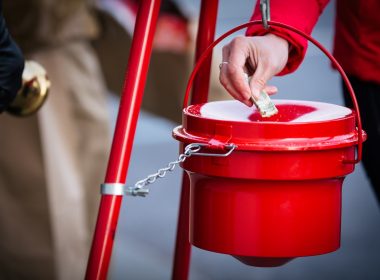
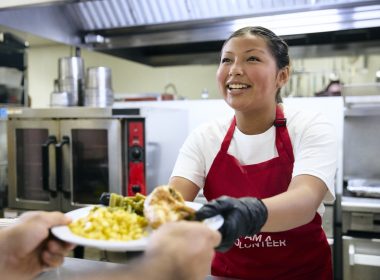
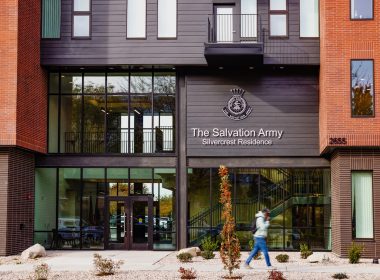



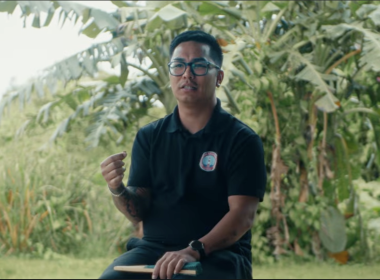
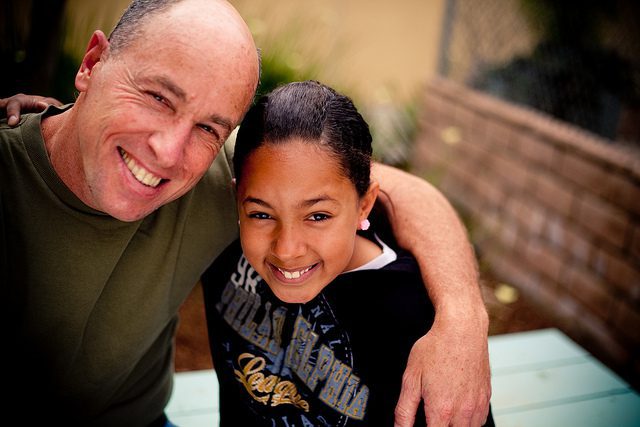

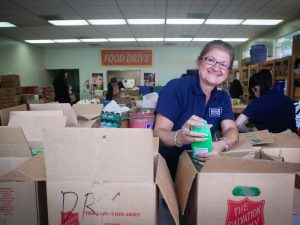

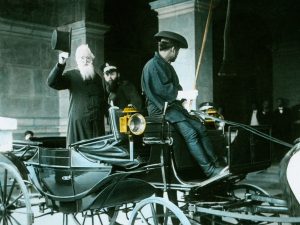
Thanks for finally writing about >As American family changes, mission to help remains
– New Frontier Chronicle <Liked it!